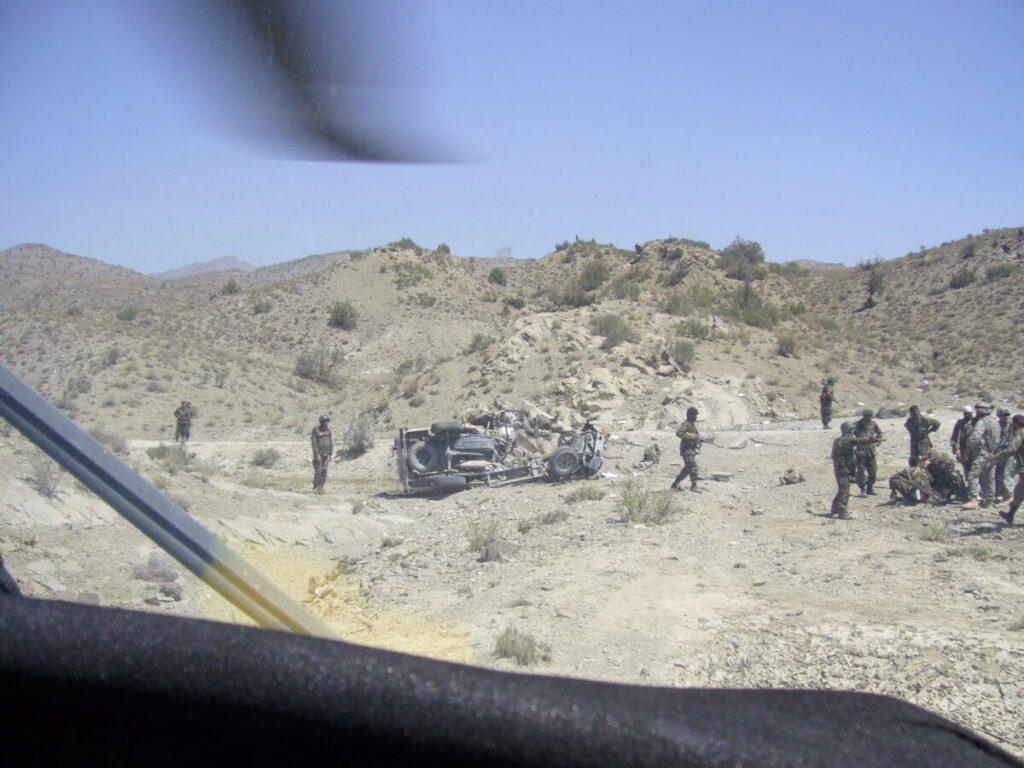Kelon McKoy
Population Growth – Differential Equations
Differential equations provide us with a powerful mathematical tool for viewing the world around us. We can use differential equations in a plethora of circumstances and occurrences. One way differential equations help us view the world in particular is we can use differential equations to determine significant aspects of population growth .
Population growth is an application oi differential equations were we can use it to give us more insight on our population for countries states cities and towns. This can be beneficial for communities and society because we can build new insights on how our population is increasing or decreasing overtime, develop new model onto to what’s driving the growth and decline rate of a particular community, state or country.
Ever since this unfortunate pandemic took place at the beginning of the year our nation has been divided on locking down the country as a whole or continuing with life as normal and not complying with lockdowns. Some states have been complying with the lockdown such as California and New York. While other states such as Texas and Florida have chose not to lockdown and take there chances of the virus spreading. For instance according to a local CBS article “California Exodus? Growth Rate At Record Low As More People Leave” a total number of 135,600 people have left the state and relocated elsewhere where lockdowns are nonexistent or little at all. New York also has seen a dramatic decline in its population as well.
A way that we can set up a differential equations for population growth is with the formula
dp/dt =kp,
dp = reperesents the population and how much its growing.
k = the relative growth rate
P= size of the population with respect to time.
We derive this equation to calculate the population at any point as follow
Dt × dp/dt= kp × dt
Dp/p = kp/p dt
Take integral of both sides
∫1/p dp = ∫k dt
Ln p = kt +c
Take e of both sides to get p by itself
e^ln p = e^kt+c
p = e^kt × e^c
Particular Solution p(t)
p(t)= Ce^kt
Now we calculate p(0)
p(0)= Ce^k(0)
p(0)= C(e^0)
p(0) = c(1)
C= p initial
C=p∘
Therefore
P(t)=p∘e^kt
Francisco, San. “California Exodus? Growth Rate At Record Low As More People Leave – CBS San Francisco.” San Francisco Bay Area News, Weather, Sports From KPIX – News, Sports, Weather, Traffic and the Best of SF, CBS San Francisco, 16 Dec. 2020, https://sanfrancisco.cbslocal.com/2020/12/16/california-exodus-growth-rate-at-record-low-as-more-people-leave/.
Trench, William. Elementary Differential Equations. Digital Commons, 2013.






Recent Comments